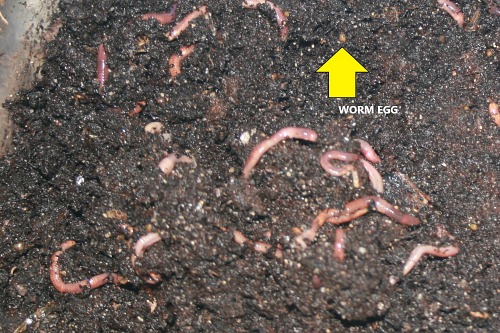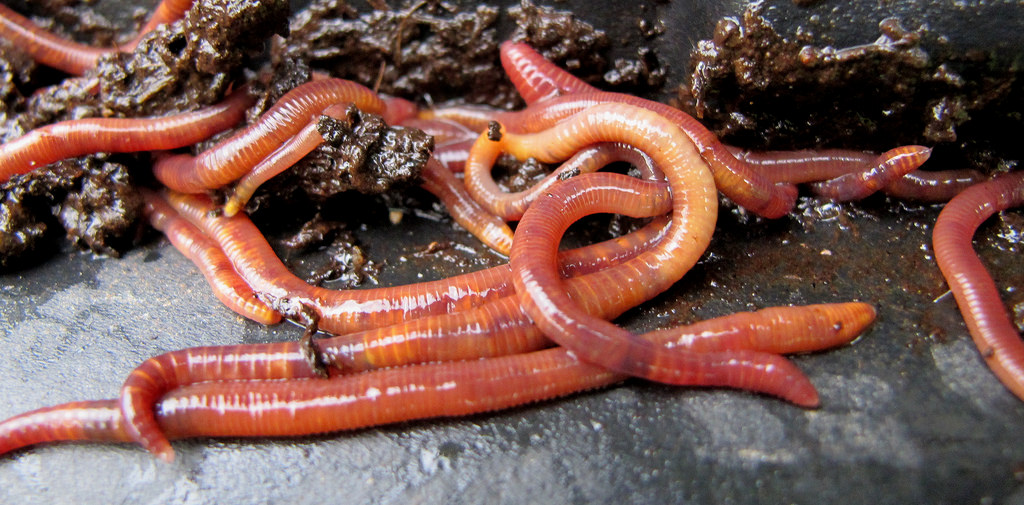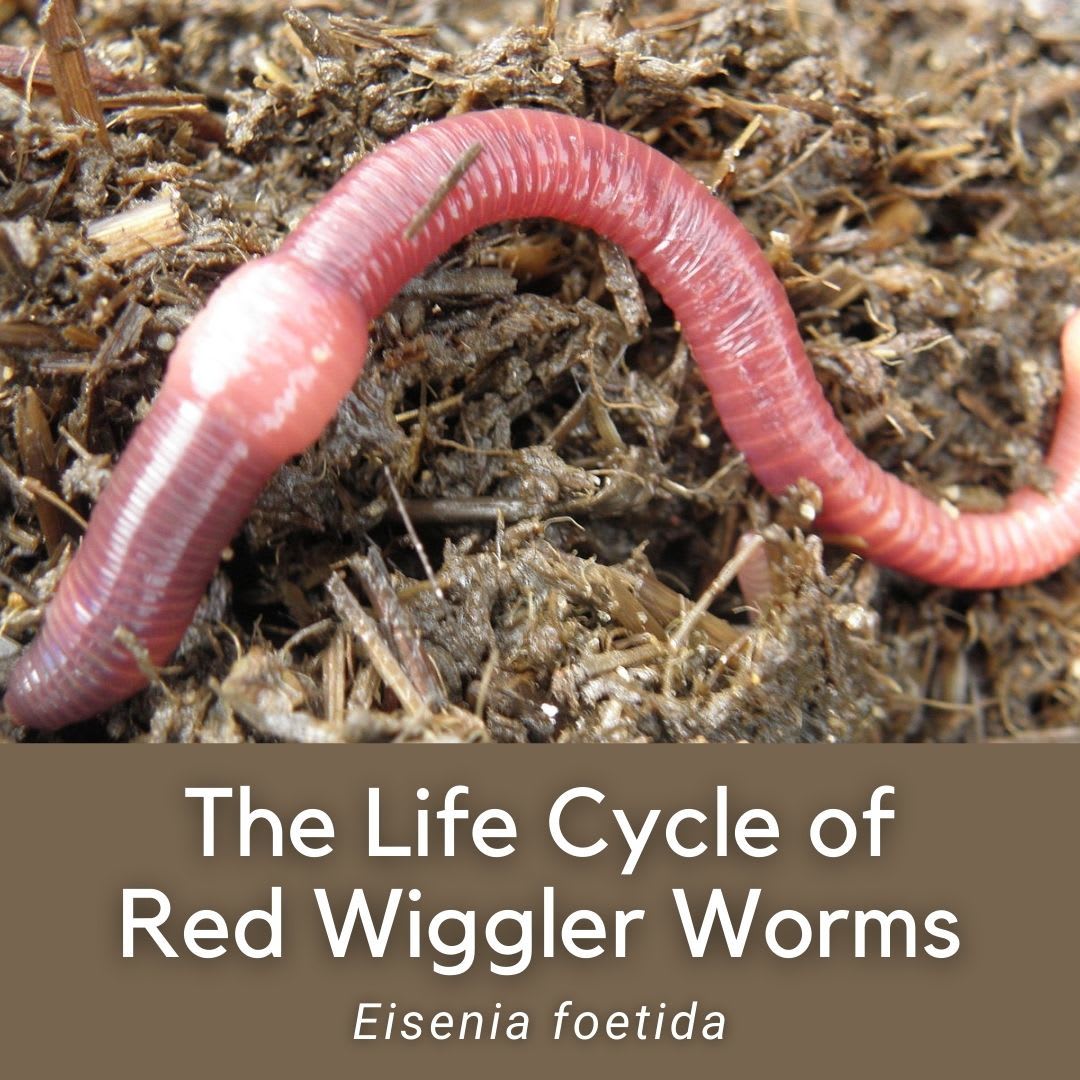Find the Best Products for Lawn Care with Red Wiggler Express for Healthy Lawns
Find the Best Products for Lawn Care with Red Wiggler Express for Healthy Lawns
Blog Article
Unlock the Tricks of Red Wigglers: Your Overview to Composting Success
The integration of red wigglers into composting techniques presents a significant chance for boosting dirt health and wellness and advertising sustainability. Understanding their demands and behaviors is vital for enhancing their capacity, from setting up a proper worm bin to feeding them the best materials.

What Are Red Wigglers?
(Red Wiggler Express)Red wigglers, medically known as Eisenia fetida, are a species of earthworm mostly used in composting as a result of their amazing capacity to break down natural matter successfully. These worms are defined by their reddish-brown coloration and a fractional body, generally measuring between 3 to 4 inches in length. Unlike various other earthworm varieties, red wigglers thrive in abundant, organic atmospheres, making them ideal for vermicomposting systems.
Belonging To The United States And copyright, they are typically discovered in decaying leaves and compost heap, where they play a critical function in nutrient recycling. Their adaptation to staying in a wet, cardiovascular atmosphere allows them to eat large amounts of organic waste, damaging it down into nutrient-rich spreadings that improve soil health.
Red wigglers reproduce quickly, with a solitary worm capable of creating several cocoons each week, each including multiple hatchlings. This fast recreation price adds to their efficiency in composting operations. They choose temperatures in between 60 ° F and 80 ° F, and their activity degree increases substantially within this array, additional aiding in the disintegration process. Comprehending the biology and actions of red wigglers is necessary for optimizing their capacity in composting applications.
Benefits of Utilizing Red Wigglers
Taking advantage of the power of red wigglers in composting provides various benefits that improve dirt health and advertise sustainable waste administration. These impressive microorganisms successfully break down raw material, changing kitchen area scraps and yard waste right into nutrient-rich vermicompost. This completed item is incredibly helpful for plant development, as it enhances soil framework, raises moisture retention, and improves nutrition schedule.

(Red Wiggler Express)In addition, the presence of red wigglers in your composting system can increase the composting process, generating top notch garden compost in a fraction of the moment contrasted to typical techniques. The castings produced by these worms are likewise including helpful microorganisms that better improve the soil ecological community.
Establishing Up Your Worm Bin
Developing an efficient worm container is a straightforward process that can dramatically boost your composting efforts. Worm bins can be made from plastic storage space containers, wood boxes, or commercially available worm containers.
Next, prepare the bed linen material, which serves as the worms' habitat. A mix of shredded paper, cardboard, and coconut coir functions well, providing a comfortable atmosphere for the worms.

Feeding Your Red Wigglers
To make certain the health and wellness and efficiency of your red wigglers, it is important to offer them with a well balanced diet regimen that meets their nutritional needs. Red wigglers grow on a diverse range of natural materials, which not only provide required nutrients yet also promote reliable composting.
Start by integrating cooking area scraps such as veggie peels, fruit cores, and coffee grounds. Stay clear of citrus fruits, onions, and garlic, as these can be harmful to worm health. Furthermore, present shredded paper, cardboard, and completely dry fallen leaves to create a learn this here now well-aerated atmosphere.
Feeding frequency ought to be kept track of; usually, worms can eat half their body weight in food weekly. It is critical to avoid overfeeding, as excess food can result in unpleasant odors and attract parasites. An excellent technique is to add food in percentages, permitting worms to process it prior to introducing a lot more.
Preserving moisture levels is also important; the bed linen needs to be wet yet not soggy. Be sure to frequently check the temperature and pH levels of the bin to make sure an ideal environment for your red wigglers, ultimately boosting their composting performance.
Harvesting and Making Use Of Garden Compost
A successful composting procedure with red wigglers finishes in the abundant, dark compost understood as vermicompost, which can considerably boost soil health and wellness and plant growth. Harvesting this nutrient-dense product normally occurs every 3 to 6 months, relying on the size of your system and the quantity of natural matter being refined.
To gather, carefully different the garden compost from the worms and any undecomposed materials. One effective technique entails moving the components of the container to one side and including fresh bed linen and food to the empty room, encouraging the worms to migrate. After a couple of days, the garden compost can be accumulated from the opposite side.
It is crucial to make use of vermicompost correctly to maximize its advantages. By including vermicompost into your horticulture routine, you not only recycle natural waste but likewise create a thriving environment that supports lasting gardening practices.
Verdict
In summary, red wigglers function as outstanding allies in composting efforts, transforming organic waste right into nutrient-rich vermicompost (Red Wiggler Express). Their one-of-a-kind organic qualities and effective waste handling capabilities add dramatically to sustainable horticulture techniques. By understanding the optimum conditions for their environment, feeding demands, and compost harvesting methods, garden enthusiasts can improve dirt health and wellness and promote plant vigor. Welcoming vermicomposting not only reduces land fill waste but also fosters an extra environmentally accountable approach to horticulture and resource management.
Report this page